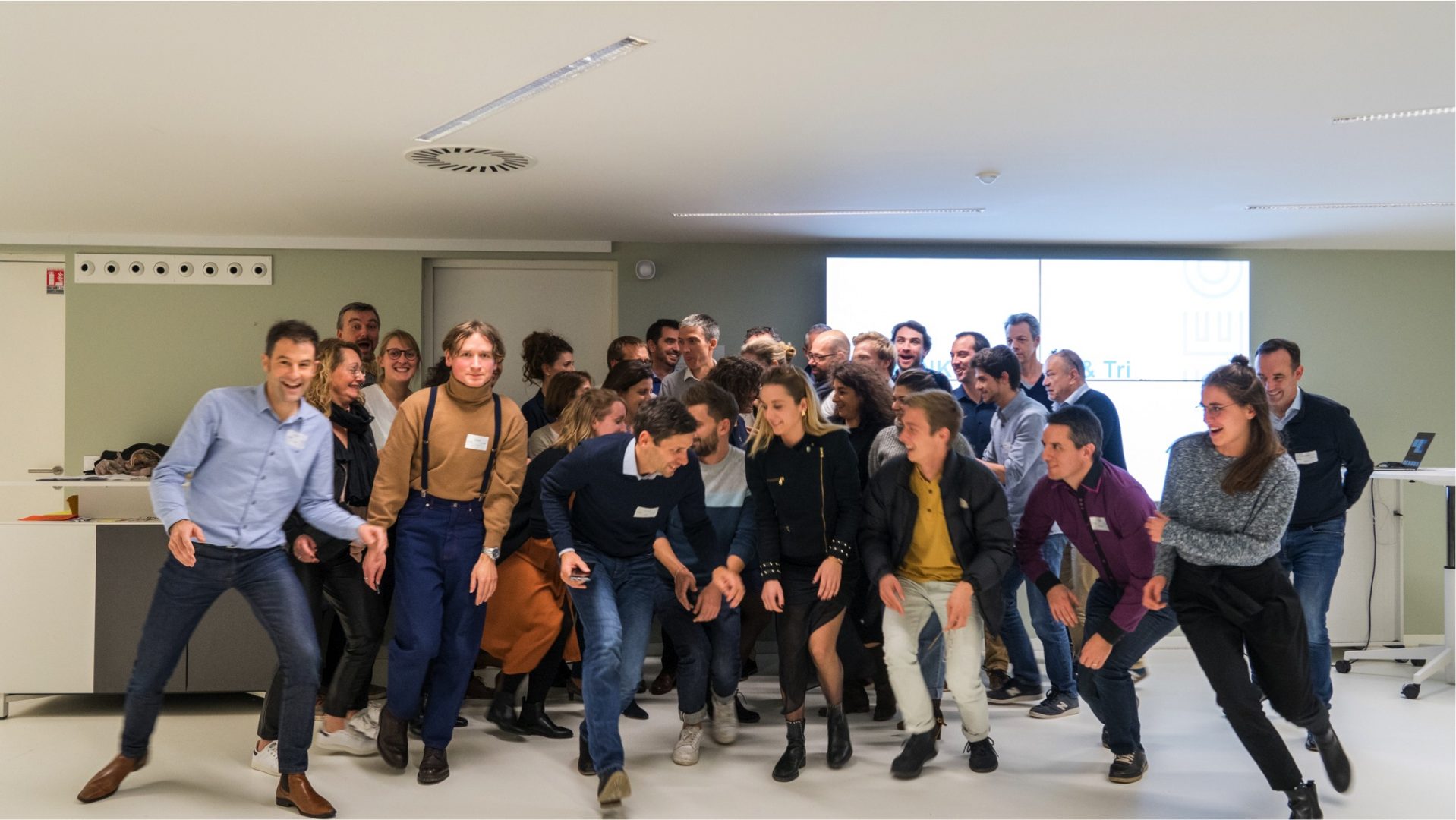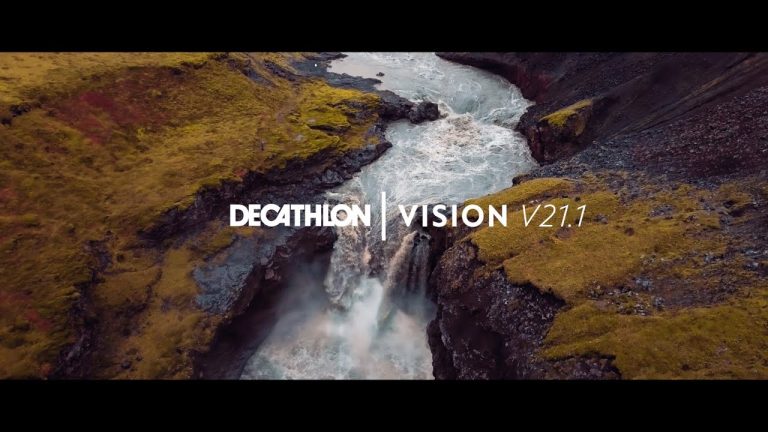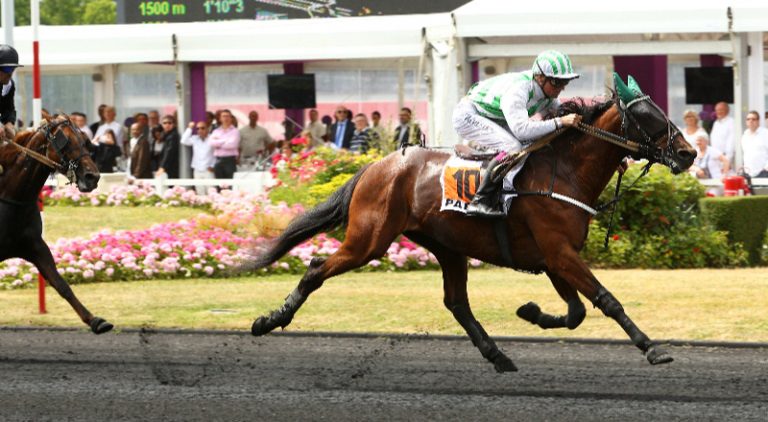Innovative workshops at the crossroads between Collective Intelligence and Design Thinking
bluenove has been working hand-in-hand with CITEO’s Innovation Department for the last 5 years.
Created following the 2017 merger between Ecofolio and Eco-emballage, CITEO is an accredited eco-organism committed to France’s extended producer responsibility (EPR) strategy for household packaging and graphic paper.
CITEO created an open innovation programme, Circular Challenge, to detect, test and accelerate innovative solutions contributing to a circular economy for packaging and paper. Over the last 5 years, more than 1,400 solutions have been detected, 50 projects accompanied, and more than 100 million euros raised by Circular Challenge finalists. The programme is driven by experimentation using methods based on collective intelligence, design and Citeo’s Circular Challenge Do Tank. Bluenove provides support during the detection phase of the open innovation Circular Challenge, which has become a reference event for circular economy start-ups. Bluenove also accompanies Citeo’s Circular Challenge Do Tank, a series of iterative workshops to solve problems through prototyping.
Find out more about the Circular Challenge Do Tank through the example of the Reducing Household Packaging at Source Do Tank, which took place in July 2020.
What is a Circular Challenge Do Tank?
The Circular Challenge Do Tank is an initiative developed by CITEO to build concrete solutions to complex problems by bringing together different players. The aim? Move from problem to solution prototype in 3-6 days.
Circular Challenge Do Tanks combine open innovation and collective intelligence, in particular, the capacity to mobilise communities around key challenges, to co-create new solutions quickly. Two such events had already been organised focusing on challenges of soft packaging and how to harmonise and improve recycling collection and sorting.
What made the Reducing Household Packaging at Source version held in June and July 2020 special? A 100% digital and remote format adapted to the difficult health situation.
Tailor a turnkey solution to a specific problem
POC method
The POC method is based on design thinking and Google design sprints. The aim? Understand the problem and solve it collectively by creating a concept that can be prototyped and tested.
However, there is often a gap between the model and the reality because of different constraints generated by problems, participants, expectations, timing, and, in this instance, the Covid-19 health crisis.
These parameters can lead to adjustments. The idea is to adapt very quickly in real-time without destroying the foundations of the methodology.
Extremely concrete objectives to achieve
The Reducing Household Packaging at Source Do Tank aimed to:
- Collectively define the characteristics of “useful” packaging
- Imagine objective, reliable criteria to evaluate packaging
- Design models for digital decision-making tools for manufacturers / distributors
- Bring together experts across the whole packaging value chain
The casting: key success factor
Like a good mayonnaise or cocktail, a Do Tank requires a subtle blend of different ingredients. Diverse profiles and companies or organisations to foster passionate conversations and constructive debate.
For the Reducing Household Packaging at Source Do Tank, this meant bringing together experts with different experiences from different organisations and with different aims on the same screen.

Citeo’s Circular Challenge Do Tanks are based on a structured method and clear framework for participants. Citeo defines the playing arena and implements rules through a participation charter. Applied from the outset, this framework enabled us to bring together different, sometimes competing, players – including distributors, packaging manufacturers, start-ups and NGOs – with contrasting views. Provided that participants are transparent and openminded, discussions are all the more fruitful as a result.
For this Do Tank, 35 people met online over 4 half-day digital workshops. Other specialists were invited to share information and experience, spark curiosity and offer different points of view and ways of approaching the problem.
The 4 workshops were structured as follows:
Choosing a virtual format to reconcile agenda, health and methodology constraints
To create a fully digital event, we mobilised 4 digital tools:
- Klaxoon: co-construction solution for synchronous workshops and asynchronous modules before the first workshop and to maintain momentum between events
- Zoom: video and audio-conferencing tool to run workshops alternating between plenary sessions and sub-discussions, and carry out live mini surveys at key moments
- Coggle: mind-mapping solution to quickly visualise decision trees
- Figma: UX Design solutions used during sub-group project work
Useful and concrete results for participants
Two kinds of output emerged during the Reducing Household Packaging at Source Do Tank:
- 22 criteriabased proposals for reducing household packaging from design to consumption, in the form of a decision tree (for each step in the value chain, the usage for each packaging element was objectivized to support eco-design teams in their decision-making) => These criteria were objectivized using the evaluation protocols imagined by the participants
- 4 models for digital decision-making tools for manufacturers / distributors based on 4 of the 22 criteria => These tools are designed to help decision-making in terms of design and production, and move towards packaging that is eco-designed and optimised – e.g. amount of materials used or vacuum – across all sectors.
These operational deliverables will be further explored by CITEO and the Do Tank participants over the coming months.
The first 100% digital Citeo Circular Challenge Do Tank: keys to success
The 100% digital format enabled us to identify the following experience feedback:
- Have a dedicated technical point of contact for the workshops, especially to manage the transition between full discussions and group work
- Have a “presenter” on the client side – this is also true for physical events, but becomes even more important for a remote event where the group dynamic is more difficult to maintain
- Structure the workshops with time for personal reflection before sharing to ensure participants understand the topic and have time to think
- Invite everyone to introduce themselves individually in sub-groups to get to know each other and ensure participants are comfortable using the digital tools
- Limit the number of sequences in the workshop (ideally no more than 3) to avoid the activities and instructions becoming too complex
- Ask participants to switch on their camera to maintain visual contact
- Ask participants to fill in satisfaction surveys in order to adapt the next workshops if necessary
Conclusion
Organised in a difficult context, this edition of Citeo’s Circular Challenge Do Tank demonstrated the resilience of the format and its capacity to generate concrete, actionable solutions.
The main challenge is now to further develop the prototypes to drive experimentation and ensure the right conditions for scaling up.
Do you want to know more about our workshops?




